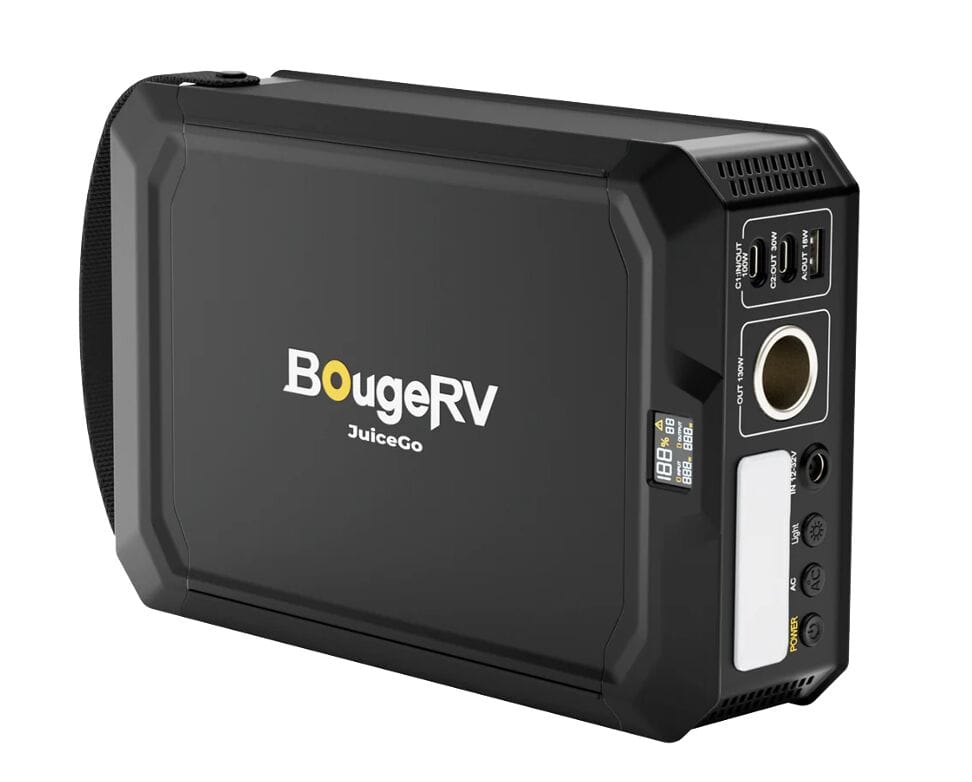In times of crisis, access to reliable power can mean the difference between life and death. Whether facing natural disasters, power outages, or unforeseen emergencies, having a dependable source of electricity is crucial for maintaining communication, powering medical equipment, and ensuring the basic comforts of life. In recent years, the rise of portable power solutions has revolutionized emergency preparedness, offering individuals and communities a versatile and dependable lifeline when traditional power sources fail. This article explores the importance of portable power in emergency kits, highlighting its lifesaving potential and essential role in safeguarding human lives during critical situations.
The Importance of Emergency Preparedness
Emergencies can strike without warning, leaving individuals and communities vulnerable and in need of immediate assistance. From hurricanes and earthquakes to blackouts and severe weather events, the impact of these crises can be widespread and devastating. In such situations, access to electricity becomes paramount for a variety of essential tasks, including communication, lighting, refrigeration, and medical care.
However, relying solely on the grid for power during emergencies is not always feasible. Infrastructure damage, downed power lines, and overwhelmed utility companies can result in prolonged outages, leaving people without access to essential services for days or even weeks. This is where portable power solutions play a crucial role, offering a reliable alternative that can provide electricity when traditional sources are unavailable.

The Versatility of Portable Power Stations
Portable power stations, also known as generators or power banks, are compact, rechargeable devices that can store and deliver electricity on demand. These versatile units come in various sizes and capacities, ranging from small, handheld devices to larger, high-capacity stations capable of powering multiple devices simultaneously. Equipped with batteries, inverters, and multiple output ports, portable power stations can provide electricity to a wide range of devices, including smartphones, laptops, medical equipment, appliances, and even power tools.
One of the key advantages of portable power stations is their ability to operate silently and emit zero emissions, making them safe for indoor use during emergencies. Unlike traditional gas-powered generators, which require fuel and produce noise and fumes, portable power stations rely on rechargeable batteries and can be easily recharged using solar panels, AC outlets, or car chargers. This makes them an ideal solution for both short-term power outages and long-term emergencies.
Emergency Medical Support
During emergencies, access to medical care is critical for treating injuries, managing chronic conditions, and ensuring the well-being of vulnerable populations. Portable power stations play a vital role in supporting medical professionals and first responders by powering essential medical equipment, such as ventilators, oxygen concentrators, CPAP machines, and refrigeration units for storing medications and vaccines.
For individuals with medical conditions that rely on electric-powered devices, such as insulin pumps or nebulizers, portable power stations provide a lifeline, ensuring uninterrupted access to the care they need. In remote or disaster-stricken areas where traditional medical facilities may be inaccessible, portable power stations enable mobile medical clinics and field hospitals to operate effectively, delivering essential healthcare services to those in need.
Communication and Connectivity
In times of crisis, maintaining communication with loved ones, emergency services, and relief organizations is paramount for coordinating response efforts and ensuring the safety of individuals and communities. Portable power stations power communication devices such as smartphones, two-way radios, and satellite phones, allowing people to stay connected even when traditional communication networks are disrupted.
Additionally, a portable power station can power communication infrastructure such as portable cell towers and Wi-Fi hotspots, enabling emergency responders to establish temporary communication networks in affected areas. This facilitates the dissemination of critical information, coordination of rescue operations, and provision of assistance to those in need, ultimately saving lives and mitigating the impact of disasters.
Comfort and Convenience
In addition to powering essential devices, portable power stations enhance comfort and convenience during emergencies by providing access to amenities such as lighting, heating, cooling, and cooking. LED lanterns and portable fans powered by portable power stations can improve visibility and airflow in dark or confined spaces, while portable heaters and air conditioners can help regulate temperature in extreme weather conditions.
Furthermore, portable power stations can power small kitchen appliances such as electric stoves, microwaves, and coffee makers, allowing individuals to prepare hot meals and beverages even when traditional cooking methods are unavailable. This not only improves morale and mental well-being but also ensures adequate nutrition and hydration during prolonged emergencies.
Conclusion
In conclusion, portable power stations are indispensable tools for emergency preparedness, offering a reliable and versatile source of electricity when traditional power sources fail. Whether used to power medical equipment, communication devices, or essential appliances, portable power stations play a crucial role in safeguarding human lives and enhancing resilience during crises. By including portable power stations in emergency kits and preparedness plans, individuals and communities can ensure they have the resources they need to weather the storm and emerge stronger on the other side.




